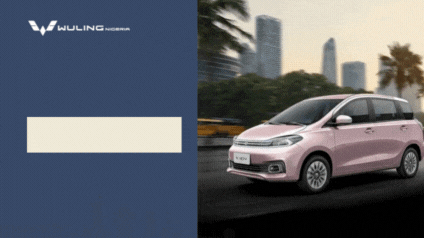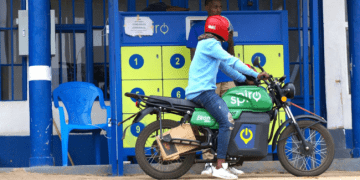The Maldives is one of those places everyone wants to visit at least once. Clear water. White sand. Floating villas that look like something out of a dream. Everything is perfect until you remember one small detail. You still have to get on a boat.
And not just any boat. Those fast petrol speedboats that bounce on the waves like they are trying to punish you for booking a holiday. If seasickness ever made you quietly remove the Maldives from your wishlist, now is probably a good time to add it back. The country is rolling out electric “flying” ferries. Yes, flying. And they are built to glide smoothly enough to keep your lunch exactly where it belongs… in your tummy.
What Exactly Are These “Flying” Ferries?
They are called the Candela P-12, and the Maldives has ordered ten of them for airport and resort transfers starting in 2026. They look like normal ferries until they pick up speed. Then something cool happens.
Underneath the boat are hydrofoils. Think of them like underwater wings. Once the boat gets fast enough, those wings lift the entire hull above the water, so the boat rises and literally “flies” about 1.5 metres above the surface. Fewer waves touching the boat means a smoother ride. Less shaking. Less nausea. Less regret. And because the boats are fully electric, you get a quiet ride with no fuel smell and no fumes.
The vessels can cut energy use by up to 80 percent. So this is about comfort but It is also a clean-tech upgrade too.
The Tech Behind The “Flying” Effect
The magic is in the hydrofoils. They sit under the boat like slim underwater wings, and they are controlled by onboard computers that constantly adjust their angle. When the ferry speeds up, those wings push the hull out of the water and keep it balanced in the air.
Once it is lifted, the boat barely touches the surface. That means almost no drag and no slamming into waves. This is how the Candela P-12 cuts energy use by up to 80 percent. It is also why people call it “flying.” The boat glides forward while floating above the sea, and from a distance, it really does look like it is hovering.
The whole ride becomes smooth, quiet and peaceful. More like sitting on a moving balcony than being bounced around by waves.
Why Maldives Is Doing This Now
There is a practical reason behind all this tech. The Maldives depend heavily on tourism, and tourists spend a lot of time on speedboats. Those boats burn fuel, make loud noises and create waves that slowly damage coral reefs. Over time, that becomes a big environmental problem.
Switching to electric hydrofoil ferries solves several things at once. They are quieter, they produce almost no waste and they create fewer disturbances for marine life. They also release zero emissions during operation, which is a big step for a country surrounded by delicate ecosystems.
The fleet will be operated by Ego Shuttle, and they are expected to start running in 2026. It is a practical upgrade, but it is also a message. The Maldives wants cleaner transport. And it wants a better experience for travellers who would prefer not to arrive at their resort feeling like they survived a storm.
What This Changes For Travellers
If you have ever landed in Malé and immediately braced yourself for the boat ride, this upgrade will feel like a blessing. The Candela ferries are designed to make transfers calmer and quicker. No petrol smell. No screaming engines. No bouncing up and down like you are inside a blender.
Because the boat stays lifted above the water, the usual choppy motion almost disappears. You can actually enjoy the view instead of holding the rail and hoping for stability. And since the ferries are electric, the whole experience feels cleaner and softer. Even the sound is gentler, which makes a big difference when you are surrounded by endless blue water.
What This Means For Other Island Nations
The Maldives might be the first to go big on electric flying ferries, but they will not be the last. Island nations and coastal cities face the same problem. Boats are necessary, but they are expensive to fuel and tough on the environment.
A system like this could work in places like Zanzibar, Seychelles, Mauritius or even some West African coastal hubs. It is proof that clean transport is not only about cars and buses. Water travel can evolve too. And when tourism is a major part of the economy, upgrading the guest experience matters just as much as cutting emissions.
The Maldives is setting a visible example. If electric ferries can glide smoothly above its waves, there is no reason others cannot follow.
Takeaway
The Maldives is making a smart move by protecting its islands, upgrading its tourism experience and showing that clean tech can actually make life easier. These electric flying ferries are a practical fix for seasickness, noise and environmental damage all at the same time.
So if you removed the Maldives from your wishlist because you did not trust your stomach on those speedboats, this is your sign to bring it back. The water is the same shade of blue. The resorts are still dreamy. The difference is that you might actually enjoy the ride this time.















